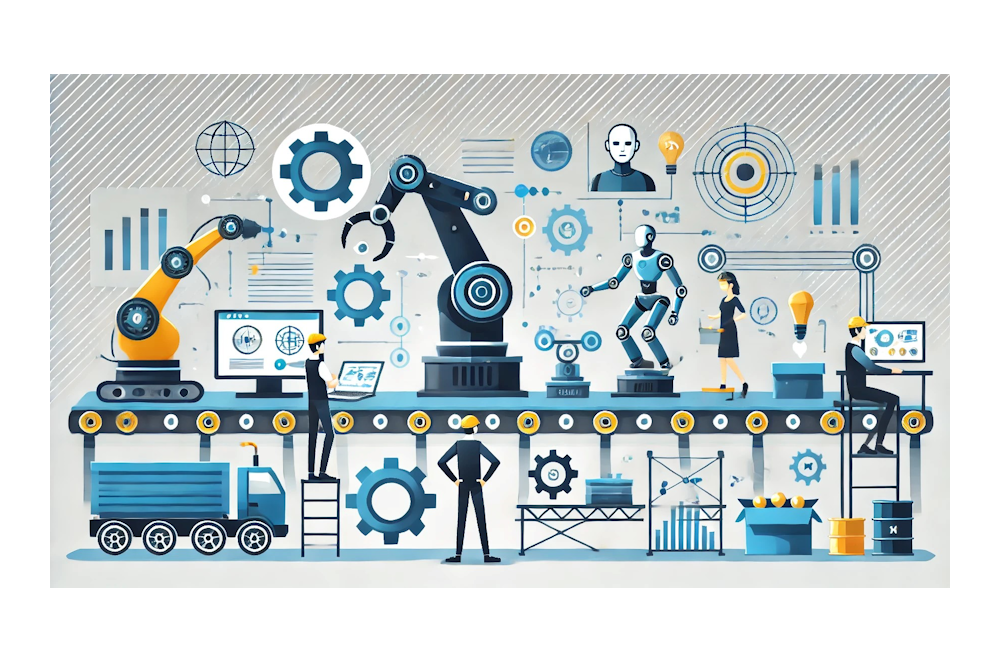Discrete vs Continuous Manufacturing - What's the Difference?
What is Continuous Manufacturing?
Continuous manufacturing is like a never-ending recipe. Imagine you’re making chocolate at a chocolate factory, and once you start, you don’t stop. The chocolate flows through machines that melt, mix, and shape it without pausing. This type of manufacturing works best when you’re making something that’s the same all the way through and is made in large amounts. There no better way than explaining it using the world-known companies.
Real-Life Example: Coca-Cola
Coca-Cola is a company that uses continuous manufacturing. Once they start making a batch of soda, it flows through the machines, getting mixed and bottled without stopping. This method works well for Coca-Cola because they need to make thousands of bottles of soda every day, all with the same ingredients and taste.
What is Discrete Manufacturing?
Discrete manufacturing is a bit different. Think about building a toy or a piece of furniture, where each part is separate, and you put it all together step by step. In discrete manufacturing, each product is made up of different parts, and you can make one item at a time. This type of manufacturing is used when you’re building things that might be different each time or require separate pieces to be put together.
Real-Life Example: LEGO
LEGO is a company that uses discrete manufacturing. Every LEGO set has its own unique pieces, which are then put together according to the instructions to create a specific design. The machines make individual LEGO bricks in various shapes and colors, and these pieces are packaged together to create a unique kit, like a castle or spaceship.
Key Differences
How It’s Made
- Continuous Manufacturing keeps going without stopping, just like a river flowing.
- Discrete Manufacturing makes each product piece by piece, like putting together a puzzle.
Products
- Continuous Manufacturing works for things that stay the same all the way through, like soda or oil.
- Discrete Manufacturing is for things made of separate parts, like cars, toys, and electronics.
Examples in Real Life
- Continuous: Coca-Cola (for soda) and BP (for oil)
- Discrete: LEGO (for toys) and Ford (for cars)
Why Do Companies Choose One Over the Other?
Companies choose the type of manufacturing that best fits their product. Coca-Cola uses continuous manufacturing because it needs to make a huge amount of the same drink. LEGO, on the other hand, uses discrete manufacturing because every LEGO set has different pieces that need to be put together in specific ways.
Summary
To sum it up, continuous manufacturing is for products that are the same all the way through and are made in large amounts without stopping. Discrete manufacturing is for products made of individual parts, put together one by one. Whether it’s Coca-Cola’s soda or LEGO’s toys, each method plays a special role in getting products to people all around the world!
Ready to increase your OEE, get clearer vision of your shop floor, and predict sustainably?
